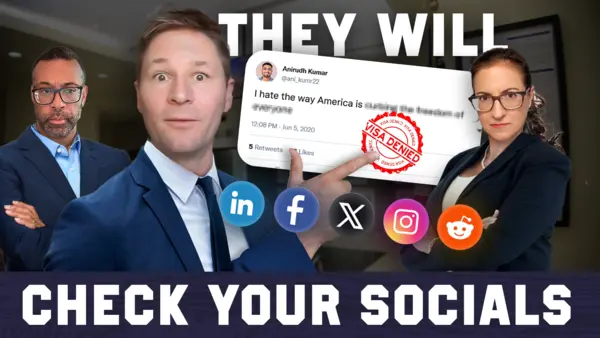Events & Promotions
|
|

GMAT Club Daily Prep
Thank you for using the timer - this advanced tool can estimate your performance and suggest more practice questions. We have subscribed you to Daily Prep Questions via email.
Customized
for You
Track
Your Progress
Practice
Pays
Not interested in getting valuable practice questions and articles delivered to your email? No problem, unsubscribe here.
- Nov 19
12:30 PM EST
-01:30 PM EST
Learn how Keshav, a Chartered Accountant, scored an impressive 705 on GMAT in just 30 days with GMATWhiz's expert guidance. In this video, he shares preparation tips and strategies that worked for him, including the mock, time management, and more - Nov 20
07:30 AM PST
-08:30 AM PST
Learn what truly sets the UC Riverside MBA apart and how it helps in your professional growth - Nov 20
01:30 PM EST
-02:30 PM IST
Learn how Kamakshi achieved a GMAT 675 with an impressive 96th %ile in Data Insights. Discover the unique methods and exam strategies that helped her excel in DI along with other sections for a balanced and high score. - Nov 22
11:00 AM IST
-01:00 PM IST
Do RC/MSR passages scare you? e-GMAT is conducting a masterclass to help you learn – Learn effective reading strategies Tackle difficult RC & MSR with confidence Excel in timed test environment - Nov 23
11:00 AM IST
-01:00 PM IST
Attend this free GMAT Algebra Webinar and learn how to master the most challenging Inequalities and Absolute Value problems with ease. - Nov 24
07:00 PM PST
-08:00 PM PST
Full-length FE mock with insightful analytics, weakness diagnosis, and video explanations! - Nov 25
10:00 AM EST
-11:00 AM EST
Prefer video-based learning? The Target Test Prep OnDemand course is a one-of-a-kind video masterclass featuring 400 hours of lecture-style teaching by Scott Woodbury-Stewart, founder of Target Test Prep and one of the most accomplished GMAT instructors.
A
Be sure to select an answer first to save it in the Error Log before revealing the correct answer (OA)!
Difficulty:
 25%
(medium)
25%
(medium)
Question Stats:
77% (01:27) correct 23%
(01:53)
wrong
23%
(01:53)
wrong  based on 4466
sessions
based on 4466
sessions
History
Date
Time
Result
Not Attempted Yet
In many corporations, employees are being replaced by automated equipment in order to save money. However, many workers who lose their jobs to automation will need government assistance to survive, and the same corporations that are laying people off will eventually pay for that assistance through increased taxes and unemployment insurance payments.
Which of the following, if true, most strengthens the author's argument?
(A) Many workers who have already lost their jobs to automation have been unable to find new jobs.
(B) Many corporations that have failed to automate have seen their profits decline.
(C) Taxes and unemployment insurance are paid also by corporations that are not automating.
(D) Most of the new jobs created by automation pay less than the jobs eliminated by automation did.
(E) The initial investment in machinery for automation is often greater than the short-term savings in labor costs.
Similar question from OG 11 is posted here: https://gmatclub.com/forum/in-many-corp ... 77123.html
Which of the following, if true, most strengthens the author's argument?
(A) Many workers who have already lost their jobs to automation have been unable to find new jobs.
(B) Many corporations that have failed to automate have seen their profits decline.
(C) Taxes and unemployment insurance are paid also by corporations that are not automating.
(D) Most of the new jobs created by automation pay less than the jobs eliminated by automation did.
(E) The initial investment in machinery for automation is often greater than the short-term savings in labor costs.
Similar question from OG 11 is posted here: https://gmatclub.com/forum/in-many-corp ... 77123.html
Kudos
Bookmarks
damyanti
Assumptions are a kind of strengtheners.
Premises that strengthen the conclusion provide data that makes the conclusion more possible.
Assumptions are premises that strengthen the conclusion and in fact are necessary to make the conclusion hold.
So every assumption will strengthen the conclusion but every strengthener is not an assumption.

















